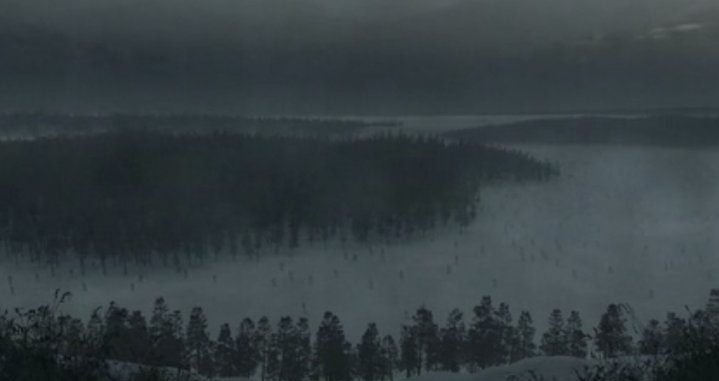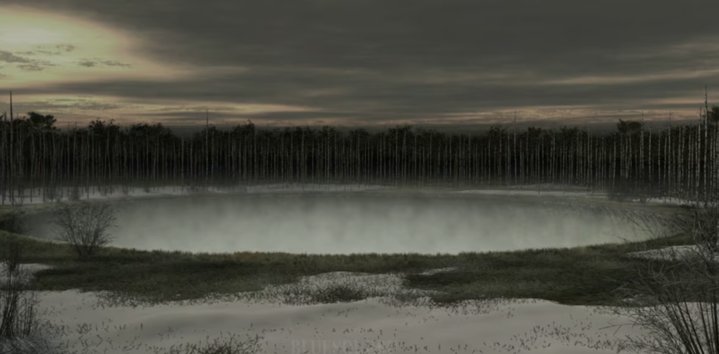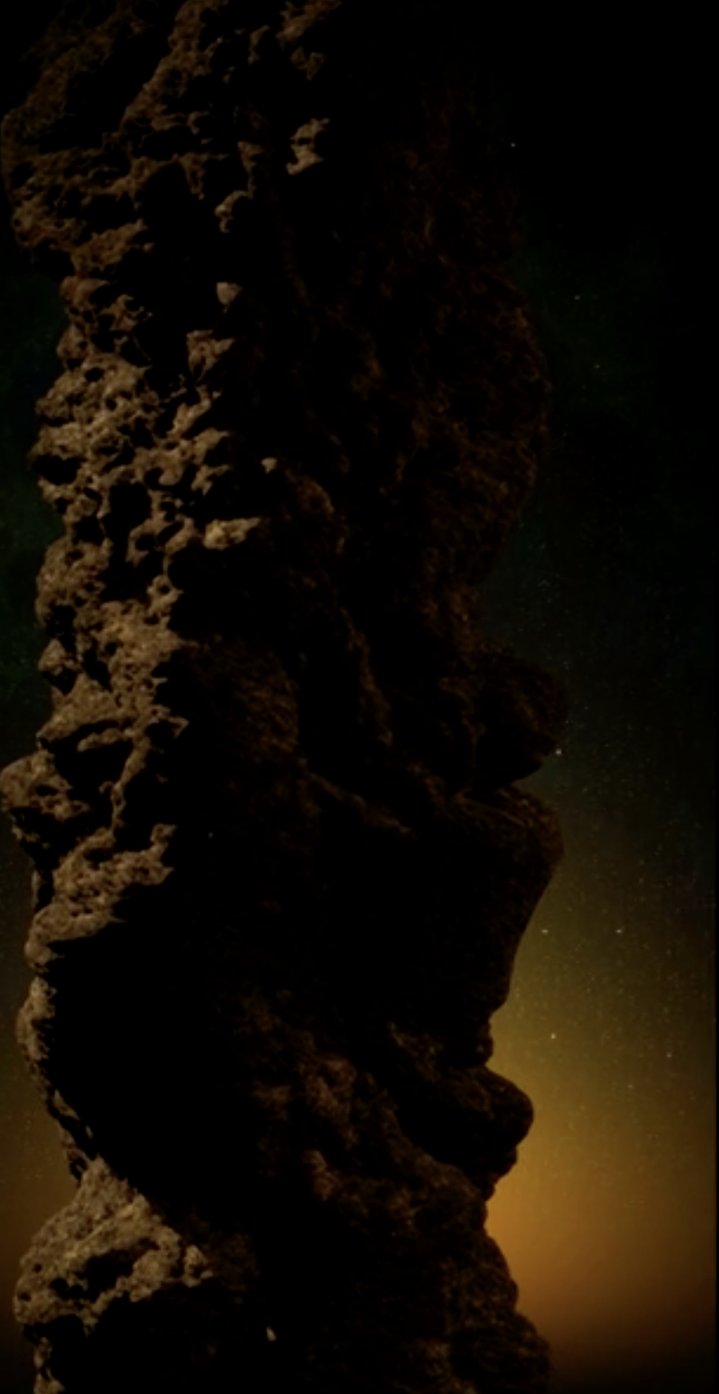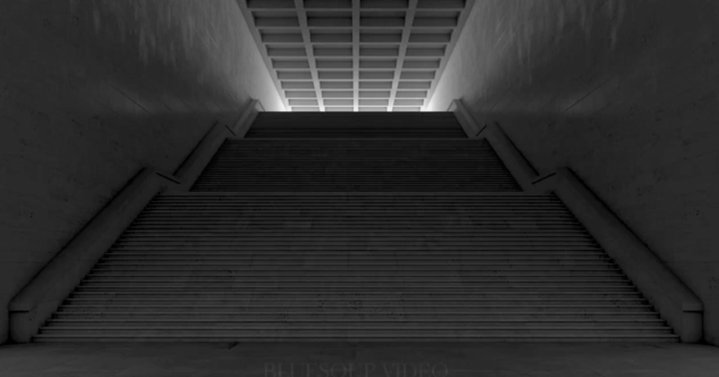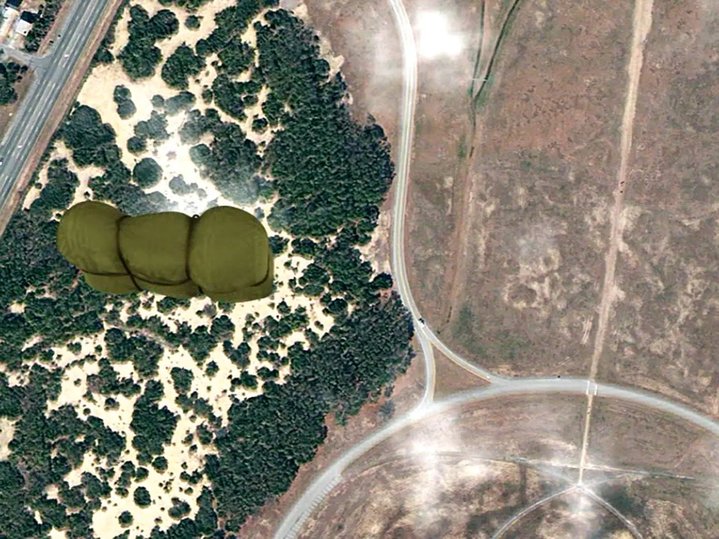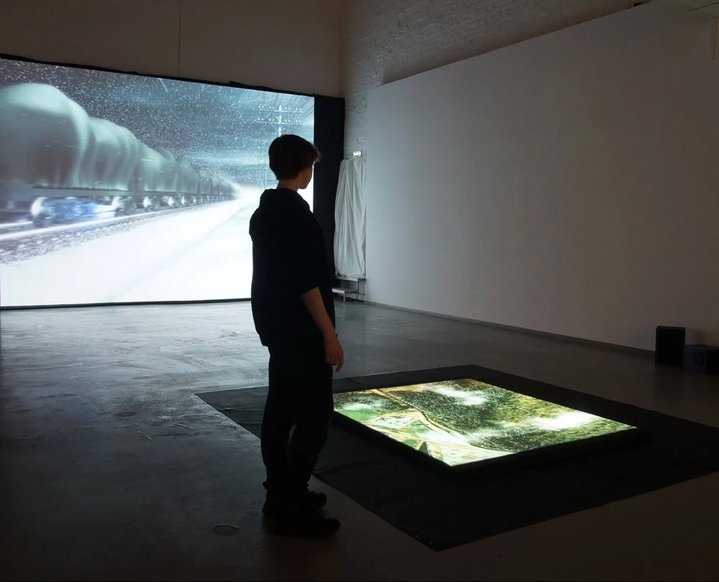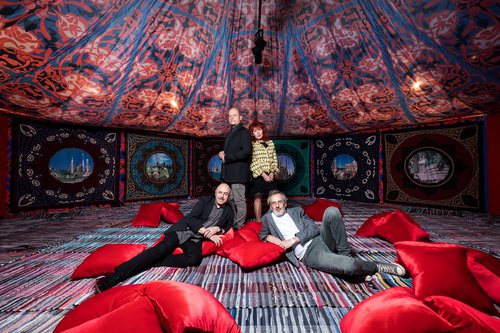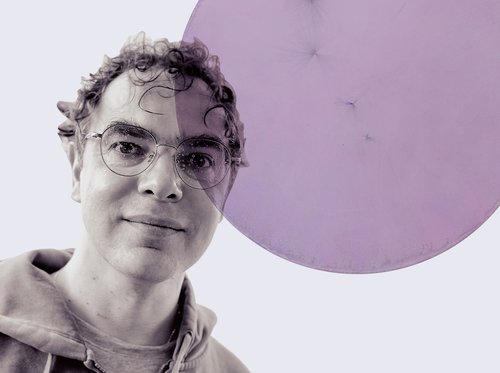The Anxious-romantic-monotonous-rhythmic Art of the Blue Soup

Blue Soup. Echelon. Exhibition view. XL Gallery. Moscow, 2023. Courtesy of XL Gallery
A mysterious video installation by the Russian art group Blue Soup is now on view at XL Gallery in Moscow. The collective has made a name for itself by creating works that feel timeless and yet which are extraordinarily timely.
In one video there is an endless convoy of lorries driving along the road; in another, a line of wagons stretches along the railroad. Both the cars and the railway train carry huge, belted convolutions of cargo. In the third video, placed on the floor, the same cargo is dropped from the hatch of an aeroplane. The bundles hurtle through the clouds towards the ground. This three-channel installation work is called ´Echelon´ by the Blue Soup collective (founded in 1996) and was first shown in 2006 in the space of the Contemporary City Foundation as part of a series of projects by young artists. Reflecting the zeitgeist, since then it has been shown repeatedly at solo and group exhibitions, alone or in combination with other videos by the collective. As part of the State Innovation Award in the Spring of 2007 the group were awarded a special prize for the video work and it entered the permanent collection of the Moscow Museum of Modern Art.
´Echelon´ has now been remastered for the current show at XL Gallery. How it came about nearly two decades ago is something the artists in the group say they struggle to recall today. "I honestly do not remember now what it was that inspired us to make such images back in 2006¨ says Daniil Lebedev (b. 1974) a member of the group. ¨Perhaps we randomly saw some real military echelons. It's always an incredible sight. Anxious-romantic-monotonous-rhythmic. I wanted to capture that.". Other group member Aleksey Dobrov (b.1975) has similarly vague recollections about the process of creating the video: "I think it started with a convoy of lorries." Whatever inspired it, the work was a commission by Evgenia Kikodze, then curator of the Contemporary City Foundation and unlike the XL Gallery, where all three parts ofthe work are displayed in one room, the 2006 exhibition consisted of two projections on the walls in one room and the third in another room.
The works of Blue Soup are interconnected so you can usually distinguish a kind of series. Lebedev believes that "two later installations made around the same time ´Defence´ and ´Blizzard´ are close to ´Echelon´ and together with it they make a triptych” He calls it arbitrarily a military triptych. In the first video, shot from close to the ground and depicted on an exaggerated, wide screen shows a near barren landscape on which sparse shrubs grow; it is covered with a white haze, either smoke or fog, and nothing happens, all you hear are shots and explosions. The second video is shot as if from above and the viewers watch a harsh winter landscape in which, from time to time, tiny human figures run across a snow-covered field towards the forest.
"In those two video works there is a similar feeling to what you experience in ´Echelon´, a sense of vague and disturbing confusion and helplessness from the inexorability and inevitability of some large-scale processes," Lebedev reflects, "echoed by the pictures unfolding before the viewer, and the impossibility of understanding what exactly is happening. What is this cargo, where and why is it being moved? Who are these people that we see running? Are they refugees? Or soldiers? Are they retreating or advancing? What kind of combat is going on in the swamp? Where are our lads and where is the enemy? Is there any way to influence what is happening?"
Dobrov also believes that after watching ´Echelon´ you can watch the earlier works, ´Defence´ and ´Blizzard´. But he also suggests looking at their iconic 2007 video ´Lake´, for which the Blue Soup won the main prize in the Visual Art Work category at the 2008 Innovation Award. This work uses timelapse in which time flows in an accelerated mode. It appears to encompass not just the passing of one day but several long weeks. When the darkness at the beginning of the video gradually subsides the viewers see a close-up of a round lake at the edge of the forest. The level of the water begins to drop, and in the end the remaining liquid turns into vapour, which covers the whole screen in white. Simultaneously, the snow on the banks of the lake melts, grass appears, and the trees turn green.
Dobrov says with hindsight he sees some synchronicity between the images that Blue Soup uses and the plots of books by contemporary Russian writer Vladimir Sorokin. It is a meaningful coincidence that a year after the video installation ´Blizzard´ was shown, Sorokin's novel with the same title was published. In his book, the writer combines motifs appropriated from Alexander Pushkin and Leo Tolstoy. Through the image of the snowstorm Sorokin finds a metaphor for the state of time being frozen in Russia. In such a fantastic continuum anything can happen, and in the story, there are all sorts of macabre events, including a zombie invasion. The Blue Soup artists work with a similar temporality that reveals a fantastic reality behind the curtain of the familiar. However, the video ´Defence´, according to Dobrov, is similar to a 2010 film by Nikita Mikhalkov, ´Burnt by the Sun 2: Exodus´, a film about the Great Patriotic War, released four years after the Blue Soup´s laconic video.
In almost all of their works, the world is captured through one static shot. Dobrov describes it as "the craving for a tripod". The main leitmotif of their art activities which span nearly three decades is a mysterious movement which goes through the static shot. The movement can be horizontally - as in the people running in ´Blizzard´ or the machinery travelling in ´Echelon´. Or vertically - as an endless rock mass rises in ´The Rock´ (2011) and water falling down steps in ´Cascade´ (2016). It can be a constant or regular motion, but the main criterion is that it takes place against a fixed background and in a situation of frozen time. Back in 2016, commenting on Blue Soup's works curator Olesya Turkina remarked that their installations evoke "an effect of alienation rather than telepresence. It is impossible to enter this landscape." Today when social media and constant testimonies from the scene of events (often fake ones) create a sense of constant live broadcast from anywhere in the world and, consequently, the viewer's direct involvement in what he or she sees, this is a particularly pertinent and curious remark. And this false involvement is often exploited by advertising, propaganda, politicians. In the case of Blue Soup there is no live feed, despite the supposedly military plot of ´Echelon´. As the members of the collective told me in an interview many years ago, at the heart of all of their projects there is a dream or a vision. "Our tasks are indefinite. It is to show something," Lebedev summarised their approach at the time. The ideal place to exhibit their work is in a large, dark space through which viewers can move freely, "the more solemnlyeverything is decorated, the better". This is exactly how visitors will encounter ´Echelon´ at XL Gallery.






